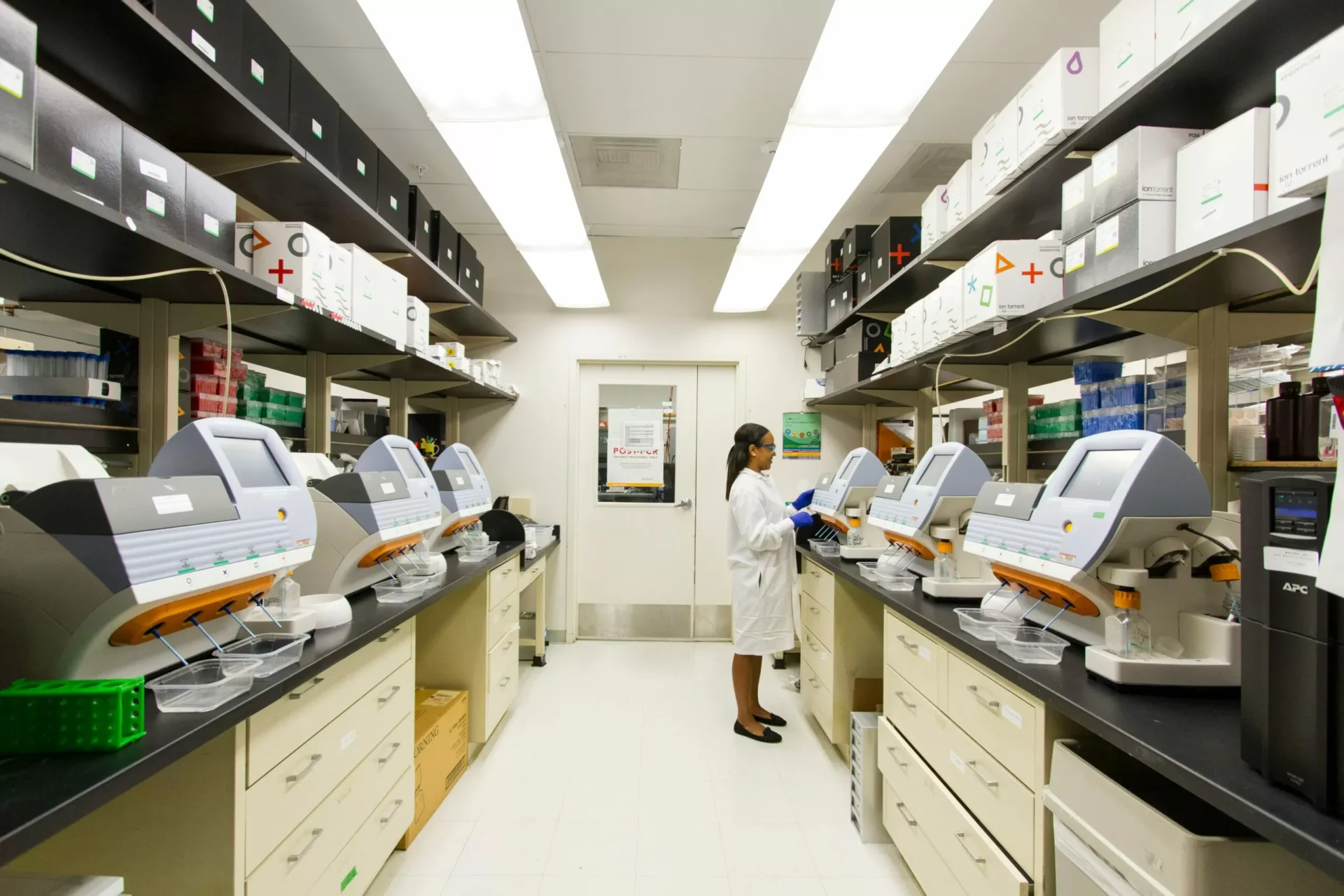Three Decades of Rural Health Research and a Bumper Crop of Insights from South Africa
For the past 30 years, a groundbreaking research project has been underway in rural South Africa with a focus on improving the health and well-being of local communities. This longitudinal study, covering 31 villages, has produced a wealth of knowledge and insights in various fields, making it a vital source of information for researchers and policymakers alike.
The project, known as the Agincourt Health and Socio-Demographic Surveillance System (HDSS), was initiated in 1992 by the University of the Witwatersrand’s School of Public Health. Since then, it has grown into a collaborative effort involving a network of local and international partners.
One of the key areas of research for the HDSS has been genomics. By studying the genetic makeup of the local population, researchers have been able to better understand the prevalence and transmission of diseases such as HIV/AIDS. This has led to the development of more effective prevention and treatment strategies, ultimately saving lives and reducing the burden of disease in these communities.
In addition, the HDSS has also made significant contributions to the fields of cardiovascular conditions and stroke. Through its comprehensive surveillance system, researchers have been able to track and analyze the prevalence and risk factors of these conditions in rural areas. This has not only improved our understanding of these diseases, but also highlighted the need for targeted interventions to address the unique challenges faced by rural populations.
Moreover, the HDSS has shed light on the complex relationship between cognition and aging. By following individuals over a long period of time, researchers have been able to identify factors that contribute to cognitive decline and develop interventions to promote healthy aging. This has been particularly valuable for rural communities, where access to healthcare and resources may be limited.
Beyond the specific areas of research, the HDSS has also had a significant impact on the communities it serves. Through its community engagement and collaboration with local leaders, the project has fostered a sense of ownership and participation among residents. This has not only enhanced the quality and relevance of the research, but also promoted social cohesion and empowerment within these communities.
The HDSS has also been at the forefront of promoting health equity and advocating for the rights of rural populations. By actively involving community members in the research process, the project has highlighted the unique challenges and needs of these communities, leading to policy changes and improvements in healthcare delivery.
The success of the HDSS can also be attributed to its strong partnerships with local and international institutions. By collaborating with experts from different disciplines, the project has been able to address complex health issues from a multidisciplinary approach. This has not only enriched the research, but also facilitated the translation of findings into practical solutions for the benefit of rural communities.
As the project celebrates its 30th anniversary, it is clear that the HDSS has not only produced a bumper crop of insights, but also paved the way for future research in rural health. Its longitudinal design and comprehensive data collection have created a unique platform for understanding the health and well-being of rural populations in South Africa. Furthermore, its community-based approach has set a benchmark for ethical and inclusive research practices, inspiring similar initiatives around the world.
In conclusion, the Agincourt Health and Socio-Demographic Surveillance System has been a game-changer in the field of rural health research. Its contributions have not only advanced our knowledge in various fields, but also brought about tangible improvements in the lives of rural communities in South Africa. As we look towards the future, we can only imagine the wealth of insights and impact that this project will continue to generate in the years to come.

